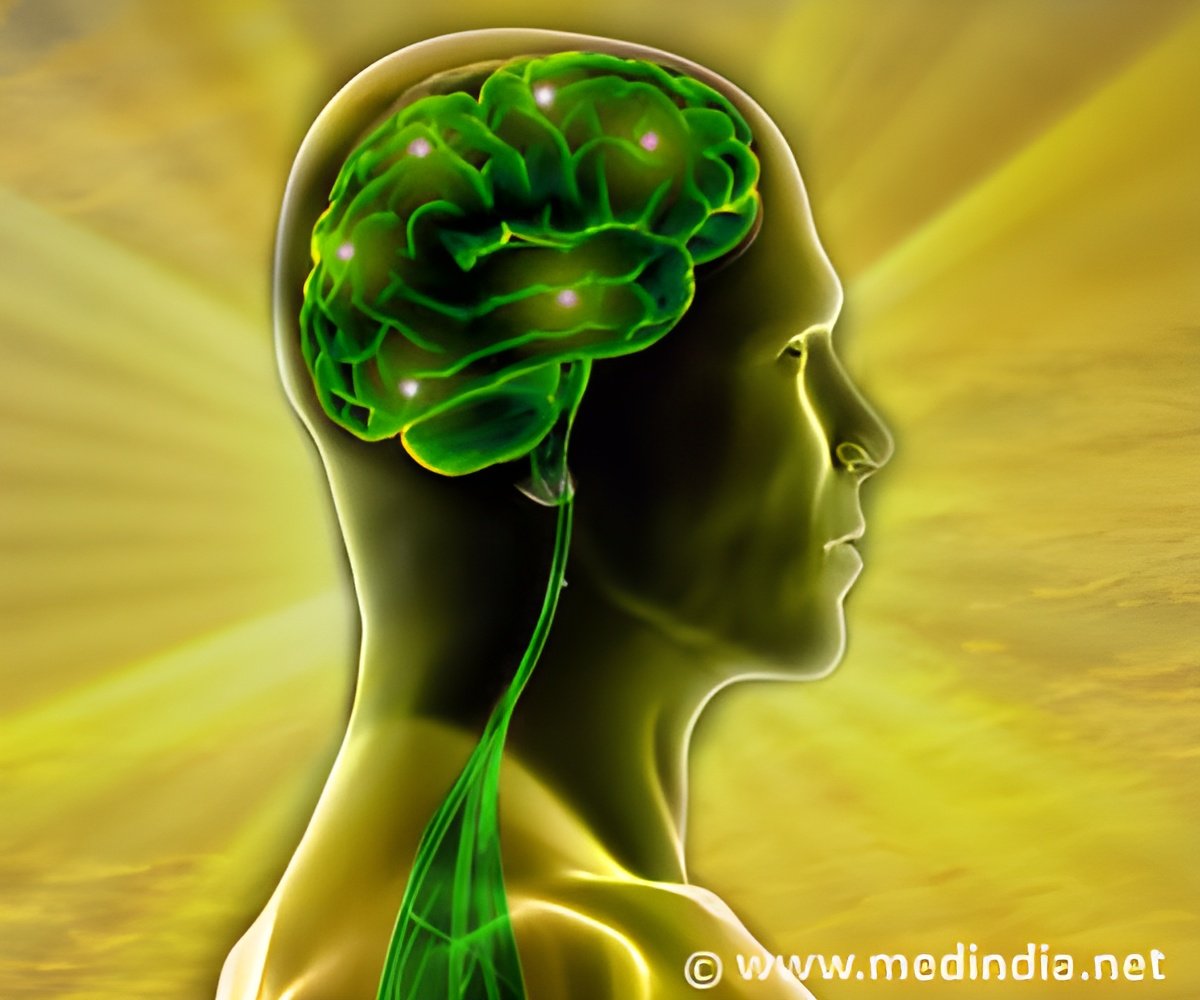Scientists develop a connectum or a map of neural connections in the brain to differentiate brain networks in genders and in diseases.

Lead investigator Alistair Perry from QIMR said the connnectome of the elderly brain is organized in a very similar way to that of a young adult, but its capacity to transfer information is slightly hindered. They believe that this related to the cognitive decline in some elderly people in areas such as memory, attention and processing complex tasks.
The scientists used the latest imaging technology in conjunction with sophisticated computer models to create the complex connectome map, and examined scans and data from the Sydney Memory and Ageing Study (MAS).
Beginning in 2005, the MAS study examines over time the rate of cognitive decline in older individuals whose health is "better than average".
Perry said it provided additional evidence of a neural basis for different behavior in men and women, and plotted the connections of 74 to 95 year olds.
While in elderly women they found stronger networks around verbal and language areas of the brain, in men there was not such a clear distinction but they found greater connections to the regions of the brain related to reward centers and behavior regulation.
Advertisement
Source-Medindia















